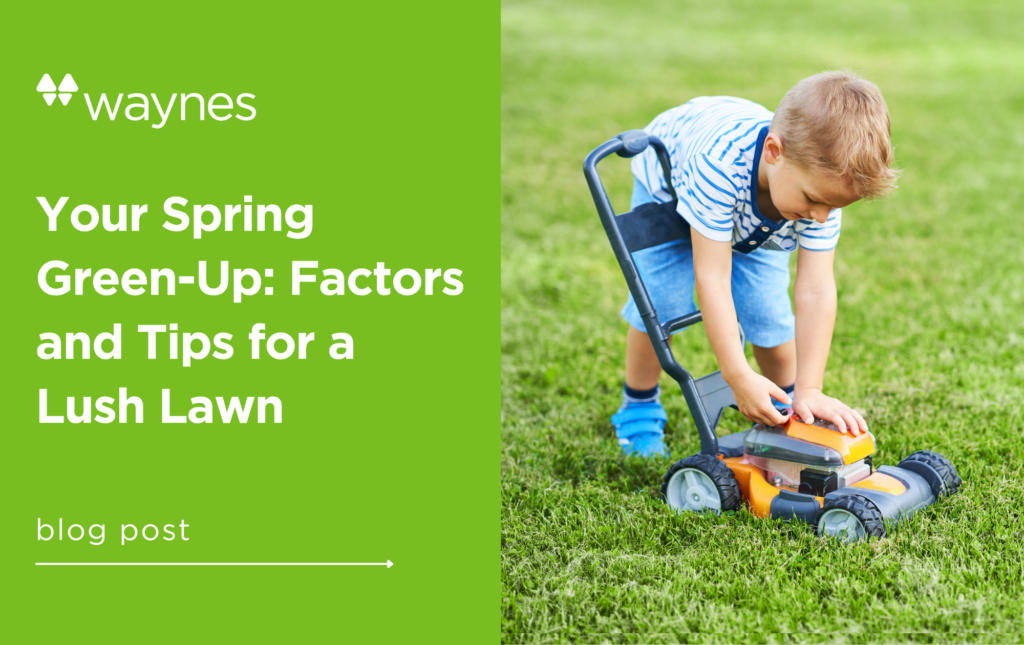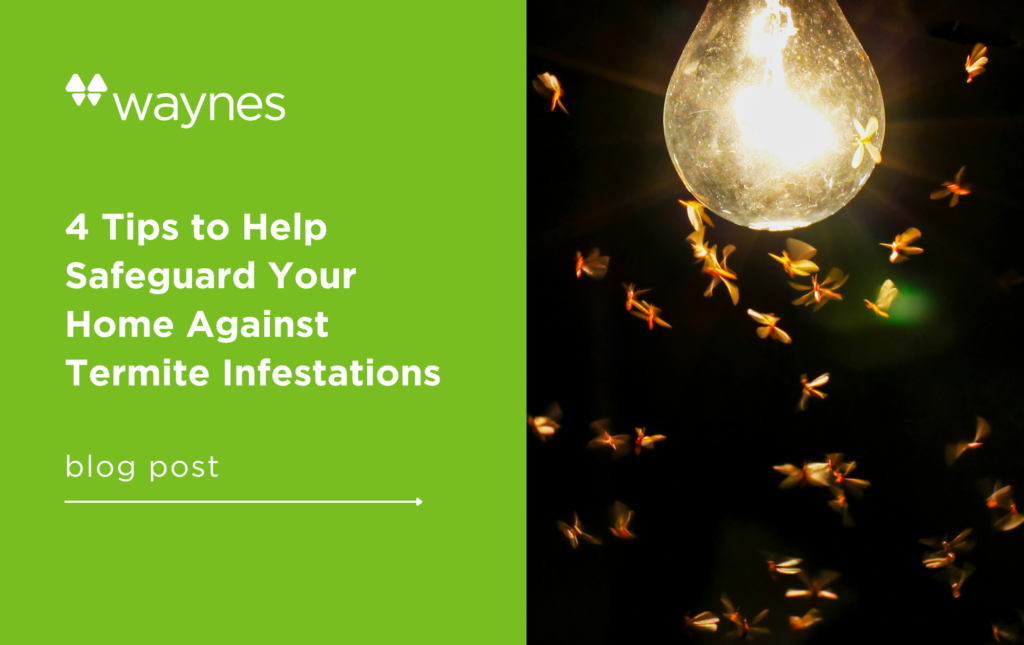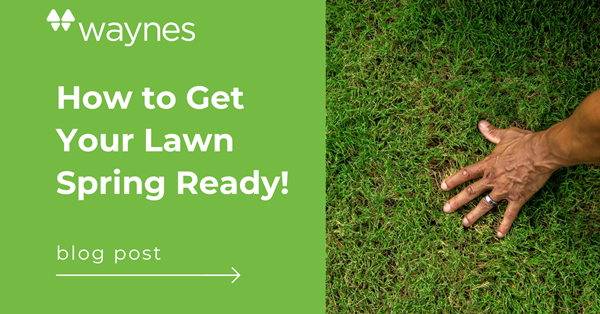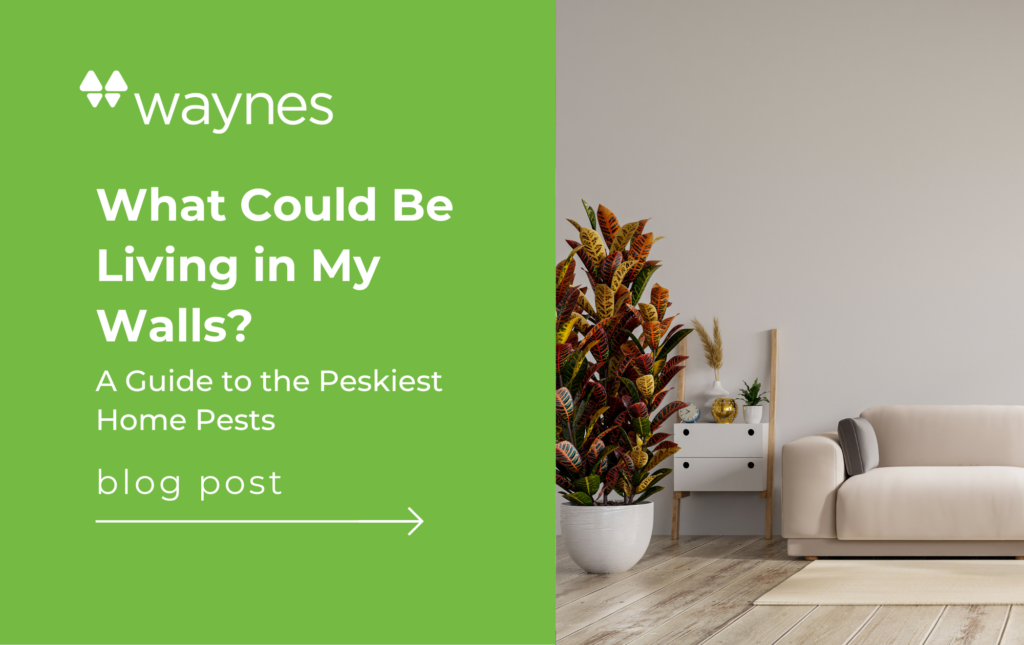Get a jump on the season and prepare your garden for fall. From soil prep and what to plant, even how to protect your bountiful harvest from pests, the following tips from the experts at Waynes will help you get your garden ready for the new season.
Soil Prep
Test the Soil
Soil with the wrong pH levels and lack of critical nutrients can leave lawns and gardens lacking. Check with Waynes about getting your soil tested. It’s a good idea to do so about every three years to make sure your soil has the correct pH and nutrient levels.
Till Your Soil
Tilling will help break up compacted soil and kill weeds. You could use a shovel, but a garden tiller will get the job done much more quickly and will require a lot less effort on your part. But whatever tool you use, turn and loosen the soil from eight to twelve inches deep. Make sure to dispose of debris like rocks and large roots. (If the latter are from your previous crop – in other words, aren’t weeds – chunk them in your compost pile.)
Add Nutrients
Most gardens will need a boost of organic matter at least once a year. And if you’ve had your soil tested recently, you’ll have a better idea exactly what to add. Typical additives include nutrients like nitrogen (N), phosphorus (P), and potassium (K), as well as lime to raise pH or calcium to lower it. If possible, go organic for nutrient needs, using composted kitchen waste or manure (which feeds the soil for longer-term health), instead of fertilizer (which feeds the plants in the short term).
Water
Water is necessary throughout the lifecycle of your crop, but be sure to irrigate your garden thoroughly after adding nutrients to allow them to percolate through the soil. Also, be sure that your garden has good drainage. Most vegetables, fruits, and herbs don’t grow well in standing water or overly wet soil.
Begin Planting
Have you thought about what you want to plant in your fall garden? A few good vegetables for a fall garden include:
- Lettuce
- Collard greens
- Mustard greens
- Broccoli
- Cabbage
- Brussels sprouts
- Raddish
Once you decide what you want to grow this fall, start planting seeds in trays or small pots six weeks before you plan to transplant them into the garden. You can keep the trays inside under a grow light or in a greenhouse, or outside in a space protected from harsh weather and squirrels looking to bury snacks for the coming winter. Wait about two weeks after tilling and adding nutrients before transferring seedlings into the garden.
Pest Prevention
Pests are a common problem in gardens, whether it’s winter, summer, spring, or fall. Fortunately, there are ways to protect your plants from being harmed.
- Herbs give off a strong smell that will deter pests from your garden. In warmer climates, plant mint, basil, and lavender in your garden as a bug repellent.
- No matter the season, neem oil is often used as a pesticide and works against caterpillars, nematodes, locusts, aphids, Japanese beetles, and mites. As a bonus, neem oil fights off fungi, such as mildews.
- Placing insect mesh over your garden will create a barrier that will help prevent birds, squirrels, and other interlopers from damaging the fruits of your labor.
Call Waynes
If there is any reason stopping you from planting a flourishing fall garden it can be overcome. If your soil seems less than healthy, or your garden is covered with insects and other maladies, Waynes can get you back on track. We offer insect and disease management, as well as soil testing. Contact us today for more information on how we can help.









